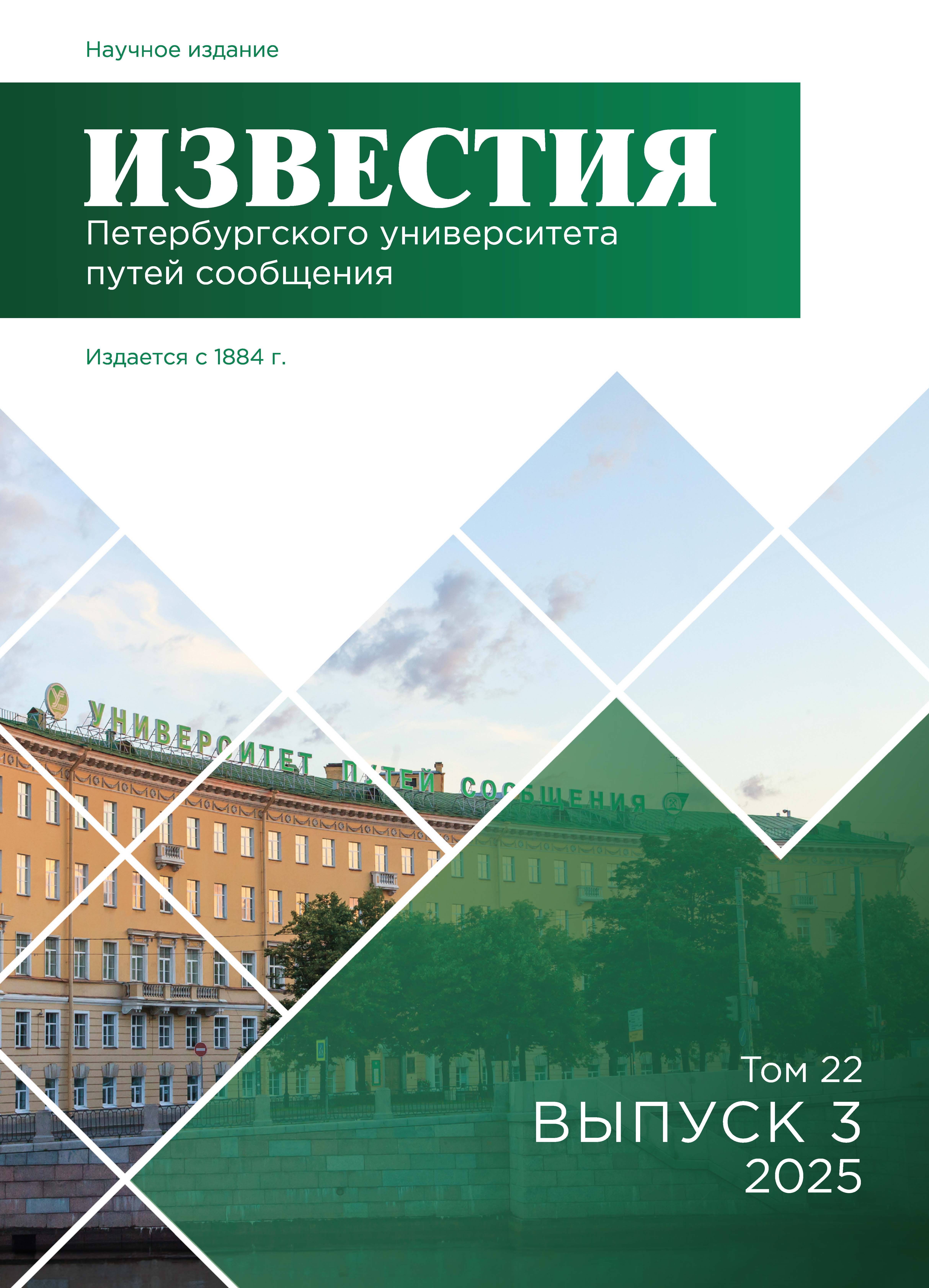Russian Federation
Russian Federation
Russian Federation
The integration of calculation modules and information modelling (BIM) represents a contemporary trend in the digitalisation of design processes within the construction industry. At present, there is a lack of solutions providing a comprehensive exchange of engineering data between the BIM model and calculation modules without using intermediate converters or manual input. Purpose: The experimental verification of the possibility of unilateral integration of a digital information model (DIM) built in the nanoCAD BIM Construction environment with the Limit State Diagrams calculation web application was conducted based on the external data source in Excel format. Methods: Engineering modelling, parameterization of a reinforced concrete structural element, data structuring using spreadsheet formats, automated data transfer between systems, and comparative and visual analysis to assess the accuracy and robustness of the results. The approach is based on format compatibility principles eschewing the use of custom APIs or external scripts. Results: The transfer of geometric, material, and reinforcement parameters from the BIM model to the analytical module has been demonstrated to ensure complete reproducibility of the calculated diagram, eliminate common input errors, and reduce the time required for data preparation by twofold compared to manual entry. The practical significance: The integration of the proposed approach into physical design processes and its potential for organising bilateral data exchange between BIM models and calculation modules within the framework of building structure digital twins have been demonstrated.
Information modelling technologies, Building Information Modelling (BIM), Digital Information Model, software integration, parametric modelling, limit state diagrams, interaction diagrams
1. Ren R. BIM Interoperability for Structure Analysis /R. Ren, J. Zhang, H. Dib // Construction Research Congress. — 2018. — Pp. 470–479.
2. Ditin A. E. Integraciya informacionnoy modeli s raschetnymi kompleksami / A. E. Ditin, E. R. Kirkolup // Polzunovskiy al'manah. — 2025. — № 1. — S. 65–67.
3. Svincov S. E. Osuschestvlenie dinamicheskoy svyazi mezhdu informacionnymi i raschetnymi modelyami s pomosch'yu vneshnego istochnika ishodnyh dannyh / S. E. Svincov // Informacionnoe modelirovanie v zadchah stroitel'stva i arhitektury: materialy VIII Mezhdunar. nauch.-prakt. konf. — SPb.: SPbGASU, 2025. — S. 402–412.
4. Ma L. Analysis of BIM technology applications in structural design / L. Ma, Y. Huo, Y. Zhang, W. Cheng //Advances in Engineering Innovation. — 2024. — № 14. — Pp. 55–59.
5. Plevkov V. S. Osobennosti rascheta prochnosti normal'nyh secheniy zhelezobetonnyh izgibaemyh elementov s ispol'zovaniem oblastey otnositel'nogo soprotivleniya / V. S. Plevkov, I. V. Baldin, R. A. Plevkov // Stroitel'stvo i rekonstrukciya. — 2017. — № 1. — S. 56–66.
6. Bol' D. V. Sostavlenie diagramm predel'nyh sostoyaniy dlya rascheta zhelezobetonnyh elementov mostovyh sooruzheniy / D. V. Bol', G. I. Bogdanov // Nauchnyy zhurnal stroitel'stva i arhitektury. — 2024. — № 4(76). — S. 114–122.
7. Lee H. Optimum RC column reinforcement considering multiple load combinations / H. Lee, M. Aschheim, E. Hernández-Montes, L. Gil-Martín // Structural and Multidisciplinary Optimization. — 2008. — Vol. 36. — Pp. 217–234.
8. Bleyer J. Numerical Yield Design Analysis of High- Rise Reinforced Concrete Walls in Fire Conditions / J. Bleyer, D. T. Pham, P. de Buhan. — 2018.
9. Belokopytova I. A. Arbat — programma dlya rascheta zhelezobetonnyh stroitel'nyh konstrukciy / I. A. Belokopytova, E. Z. Kriksunov, M. A. Mikitarenko, M. A. Perel'muter // Arhitektura i stroitel'stvo. — 2001. — № 4(9). — S. 59–63.
10. Svid. 2024683071 Rossiyskaya Federaciya. Svidetel'stvo o gosudarstvennoy registracii programmy dlya EVM «Diagrammy predel'nyh sostoyaniy po usloviyu prochnosti dlya sterzhnevyh zhelezobetonnyh elementov pryamougol'nogo poperechnogo secheniya» / D. V. Bol'. — 2024.









